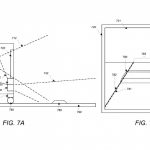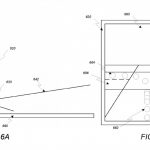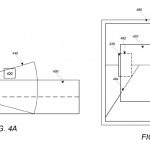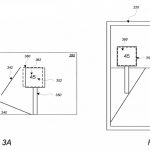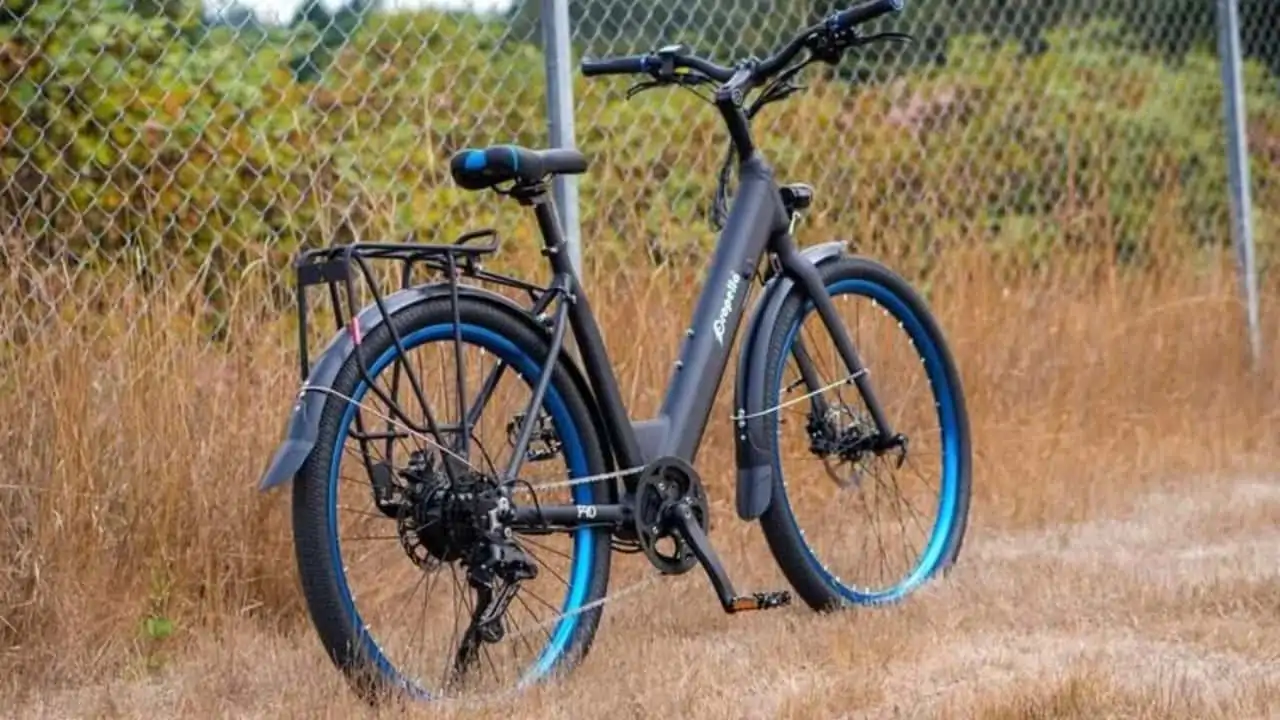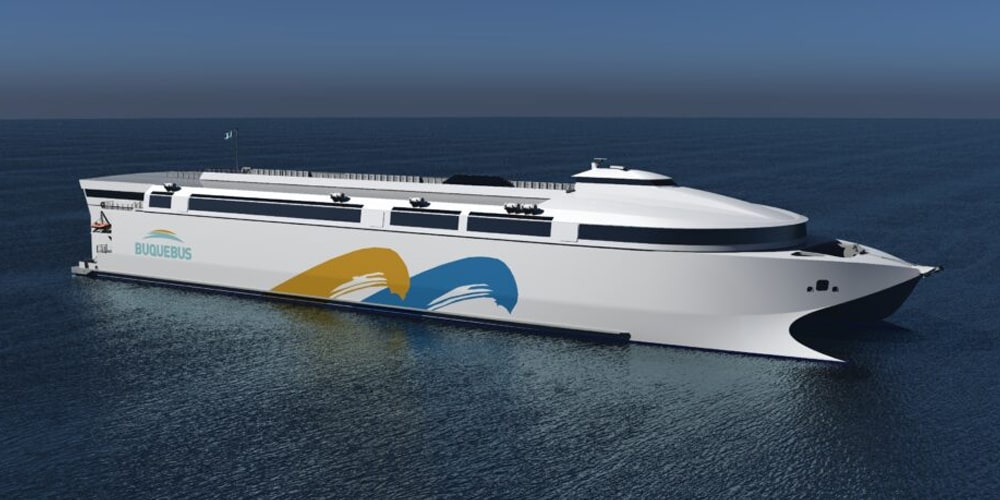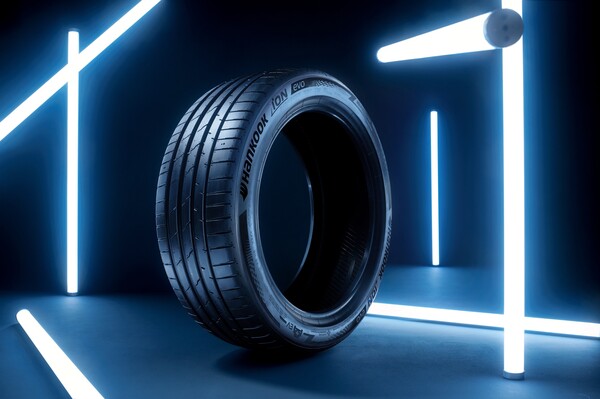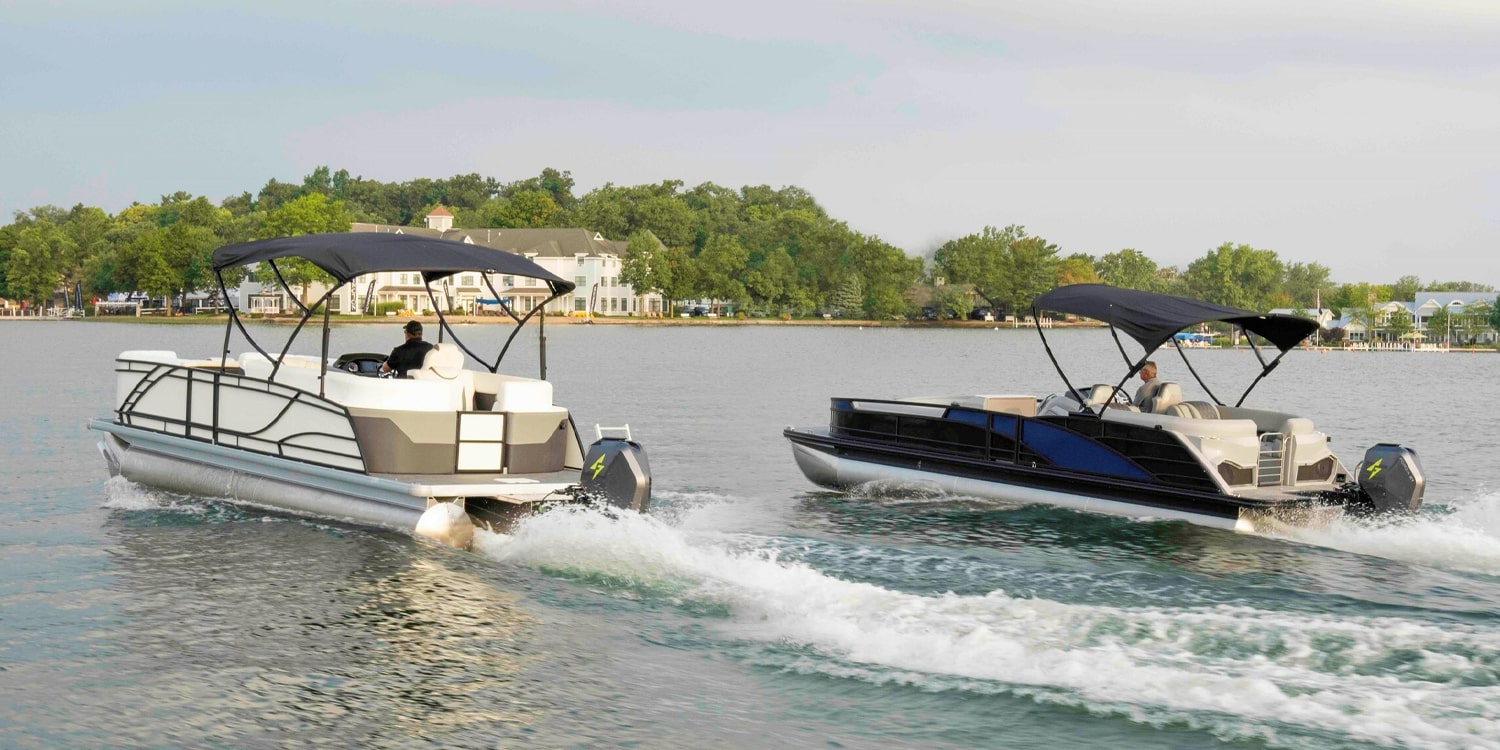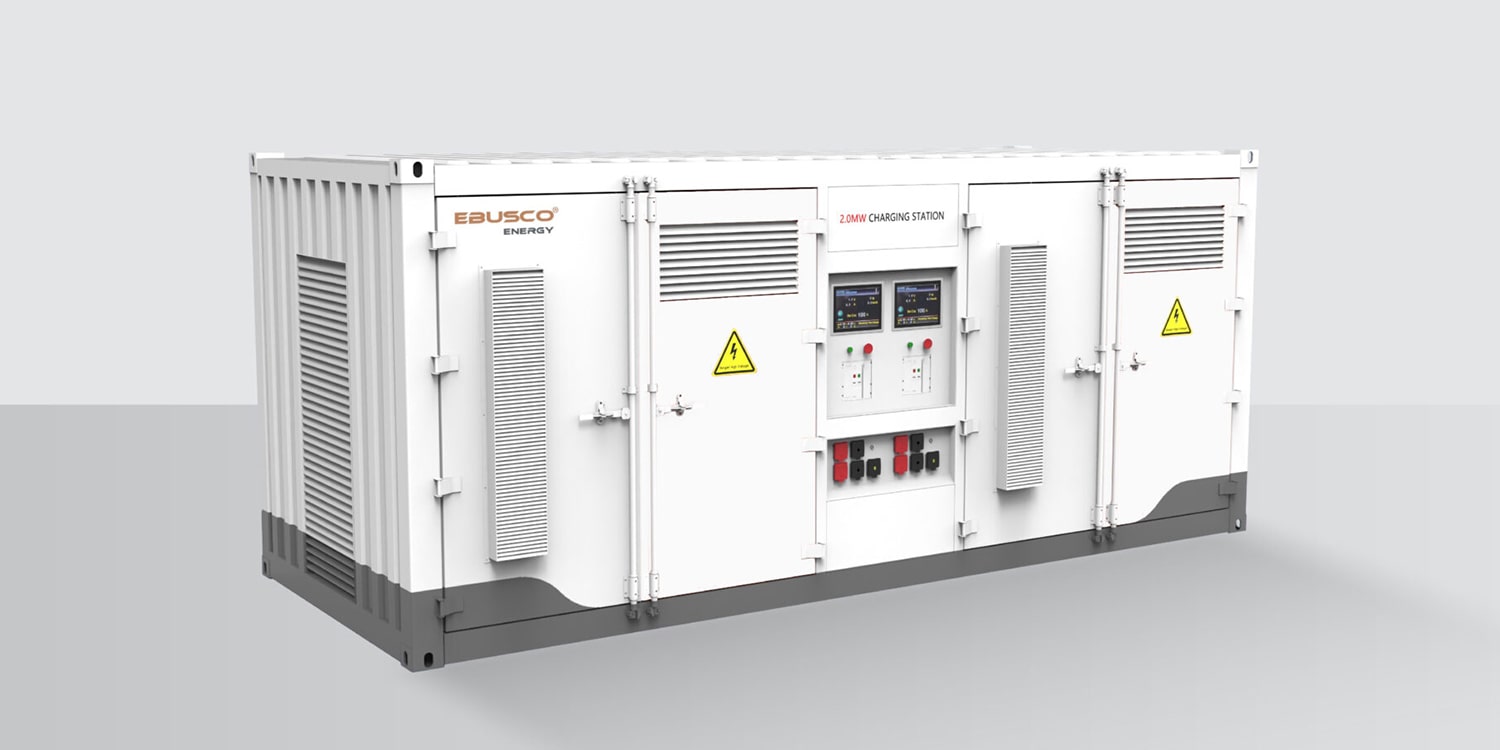Tech giant Apple has filed a patent for an augmented reality (AR) windshield, aimed at reshaping the way drivers interact with the road. Going beyond conventional vehicle infotainment systems, this futuristic concept could utilize augmented reality technology to superimpose digital information onto the real-world view.
The patent details a comprehensive system that leverages an array of sensors including visible light cameras, infrared cameras, and radar devices to construct a detailed 3D model of the external environment around the vehicle. This model would serve as a dynamic canvas onto which a myriad of pertinent, and possibly distracting, information could be projected.
See also: E.On Launches Dynamic Pricing Pilot Project for EV Charging in Copenhagen
Imagine a scenario where drivers on the highway witness luminous arrows suspended above lanes, deftly guiding them towards exits. Alternatively, this inventive technology could highlight road signs and alert drivers to potential hazards, thus enhancing road safety. Notably, the patent even envisions a scenario where simulated speed bumps materialize on the windshield, should the vehicle’s speed exceed safe limits – a unique and unconventional approach to cautioning drivers.
While this innovation holds the promise of a more immersive driving experience, it’s essential to acknowledge the practical challenges that lie ahead. The patent provides limited insights into the mechanics of converting an entire windshield into a high-quality AR display, raising questions about the feasibility of the proposal. Moreover, concerns around driver distraction and safety loom large, urging a cautious approach to integrating such technology into vehicles.
See also: Mercedes-Benz partnership with Unity to develop infotainment OS in future cars
The concept of integrating augmented reality into automobiles isn’t entirely novel. Heads-up displays (HUDs) have been present in the automotive landscape for several years, albeit restricted to a specific area within the driver’s line of sight. Automakers such as Shenlan with their S7 model, Mercedes-Benz, and BMW have flirted with HUD technology, with the latter’s Neue Klasse EV aiming to push the boundaries further. Apple’s ambition to introduce AR into the windshield domain signifies a natural progression in this ongoing trajectory.
Beyond the technological aspect, Apple’s knack for seamlessly blending functionality with desirability could potentially reshape consumer expectations for vehicular technology. However, it’s vital to note that the current patent stage is a considerable distance away from realizing a market-ready product. The AR windshield concept, although promising, remains in the realm of imaginative possibilities, with no guarantees of materializing as a tangible product.


